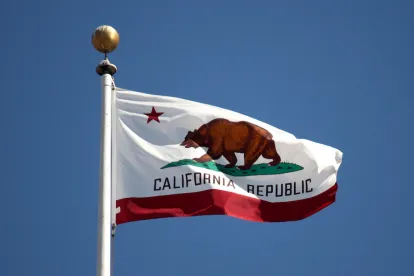On September 30, 2020, California Governor Gavin Newsom signed California Senate Bill 973 into law as Government Code Title 2, Division 3, Part 2.8, Chapter 10, § 12999. The bill authored by Senator Hannah-Beth Jackson (Santa Barbara) is titled “Employers: annual report: pay data,” and it states that while “progress [has been] made in California in recent years to strengthen California’s equal pay laws,” there is still a significant gender pay gap and for women of color that pay gap is greater. To address these pay issues, the California Government Code’s new section 12999 requires pay data reports from covered employers and delegates additional powers to the California Department of Fair Employment and Housing relating to the new pay data reporting requirement. Section 12999 requires covered employers to file pay data reports no later than March 31, 2021, and on or before every March 31 thereafter.
The language in the new law suggests that the California pay data reports will closely resemble the U.S. Equal Employment Opportunity Commission’s 2017 and 2018 Component 2 (pay data) EEO-1 reports that covered employers were required to file during the 2019 EEO-1 filing season. An employer is in compliance with the filing requirement if it submits a copy of its annual EEO-1 report containing the same or substantially the same information required by the new law. The information required includes: (1) “[t]he number of employees by race, ethnicity, and sex in each of [10 specified job] categories; and (2) “[t]he number of employees by race, ethnicity, and sex, whose annual earnings fall within each of the pay bands used by the United States Bureau of Labor Statistics in the Occupational Statistics survey.”
While the California pay data filing rules and instructions have not yet been written, one big question concerns which employers are covered and for which locations they must file reports. A covered employer is a private employer that has 100 or more employees and that is required to file the EEO-1 report under federal law. While a California-headquartered employer will presumably be required to file reports for all covered California establishments, will that same employer be required to file reports for locations outside California? Similarly, will a non-California incorporated organization with 100 or more employees within California be required to file reports for its California and non-California establishments? Some commentators have suggested that this is all a possibility based on the new law’s definitional language, but the scope of the filing requirement is not clear at this point.
While California employers are waiting for final guidance on the pay data reporting requirements and filing methods, they may want to begin gathering pay data for calendar year 2019 focusing on gender, race/ethnicity, EEO categories, and the pay bands used by the United States Bureau of Labor Statistics in the Occupational Employment Statistics survey.




 />i
/>i

